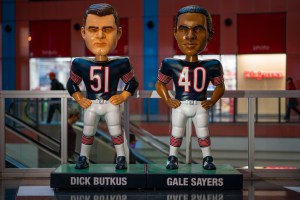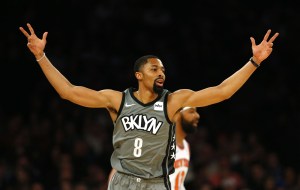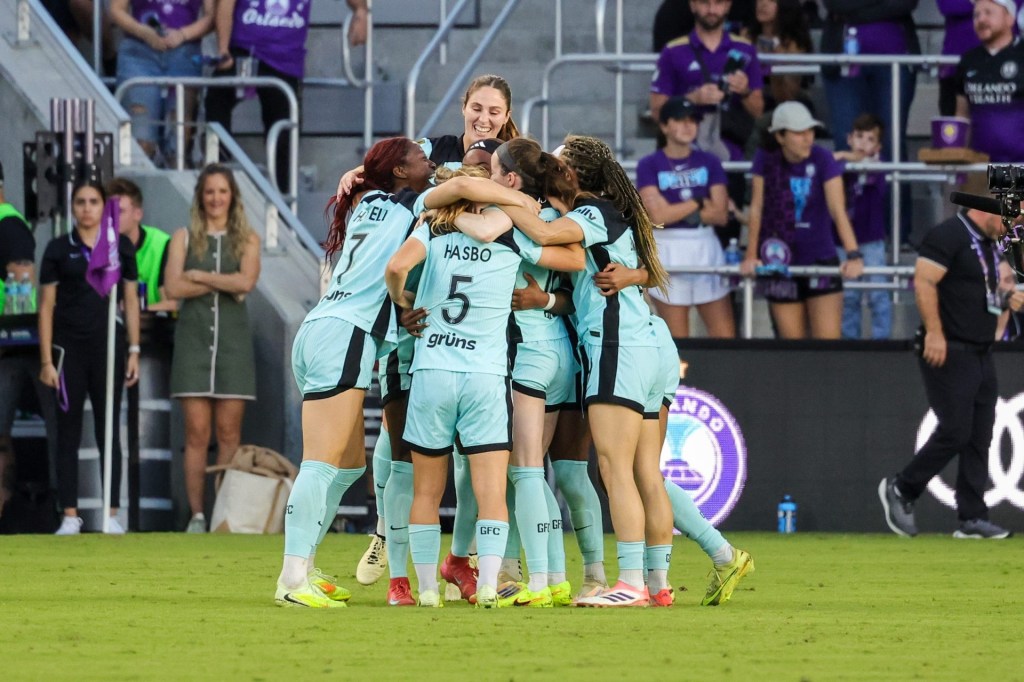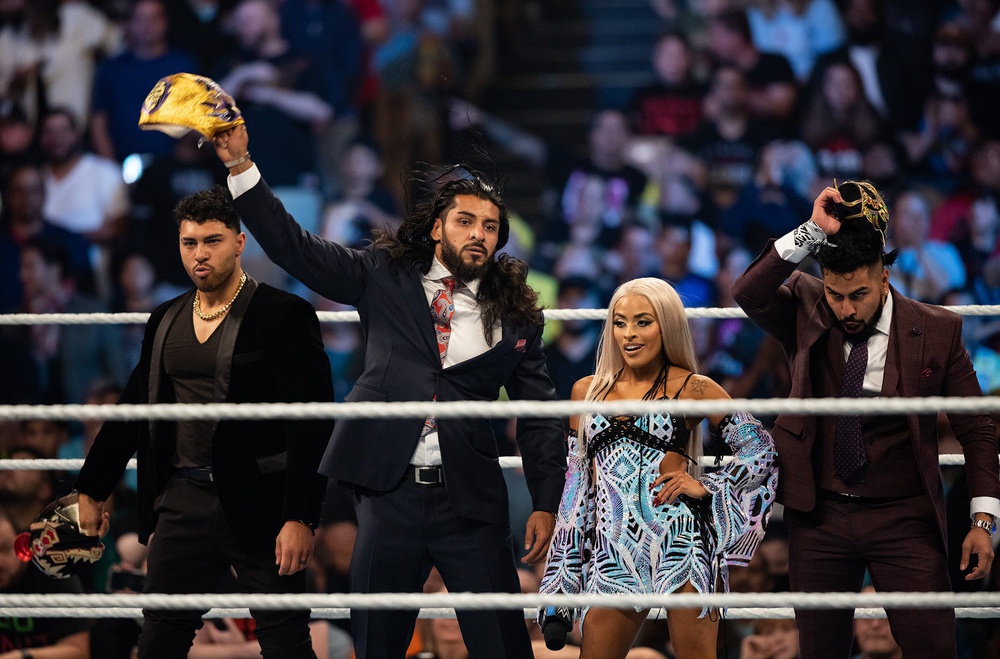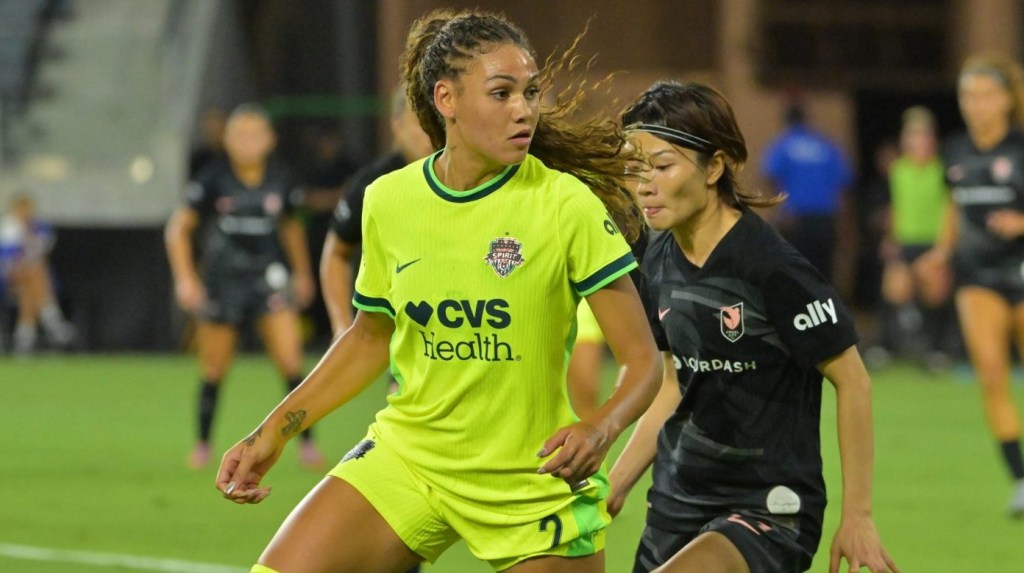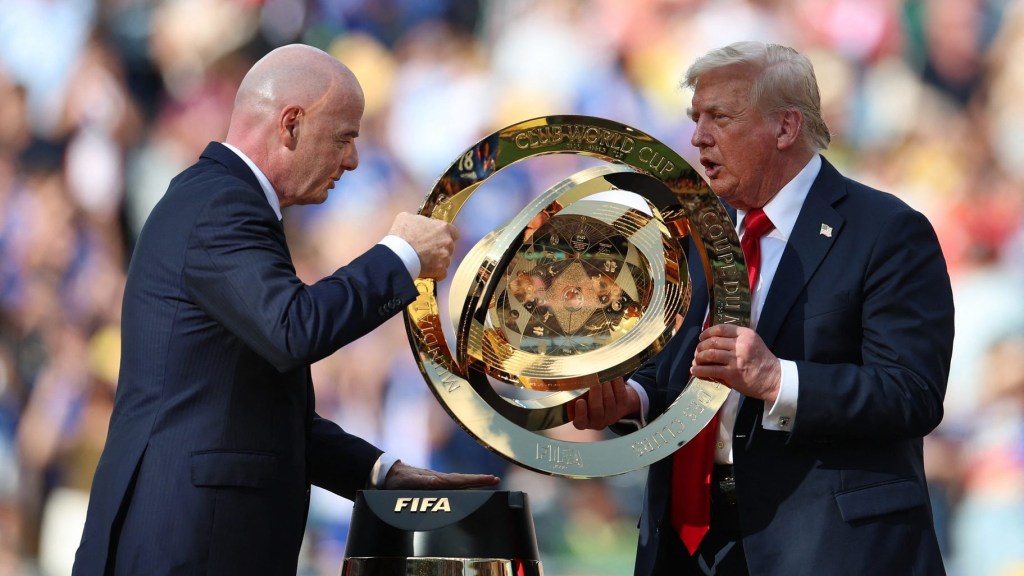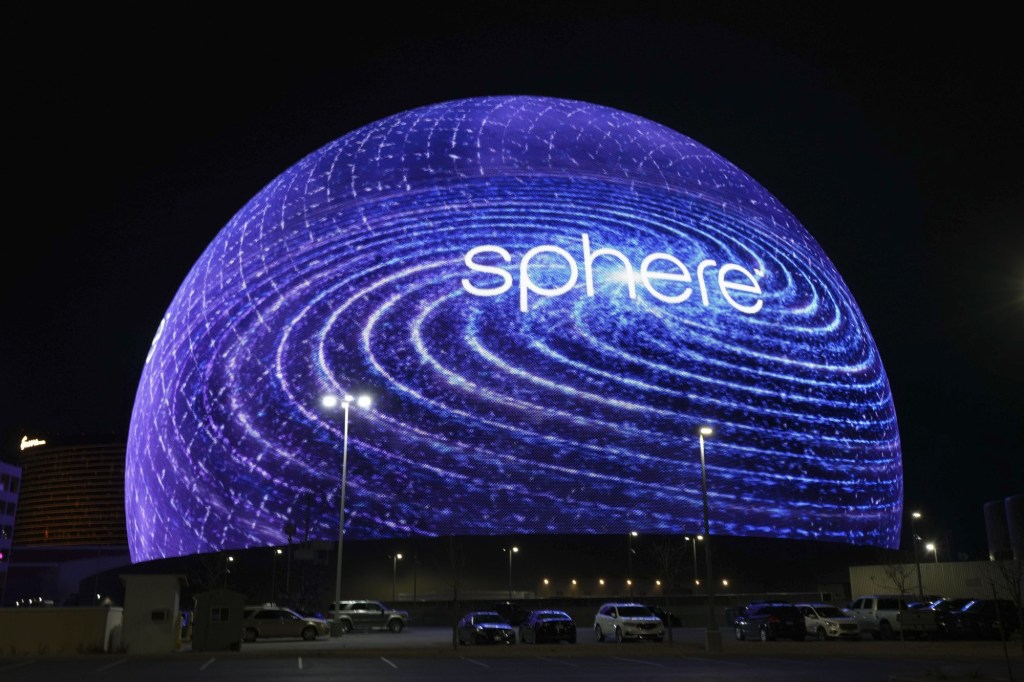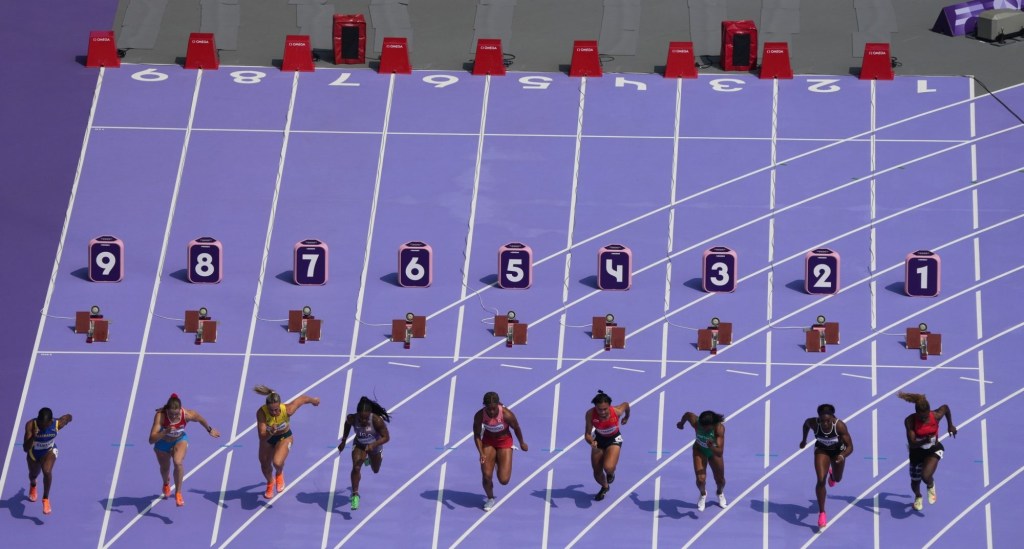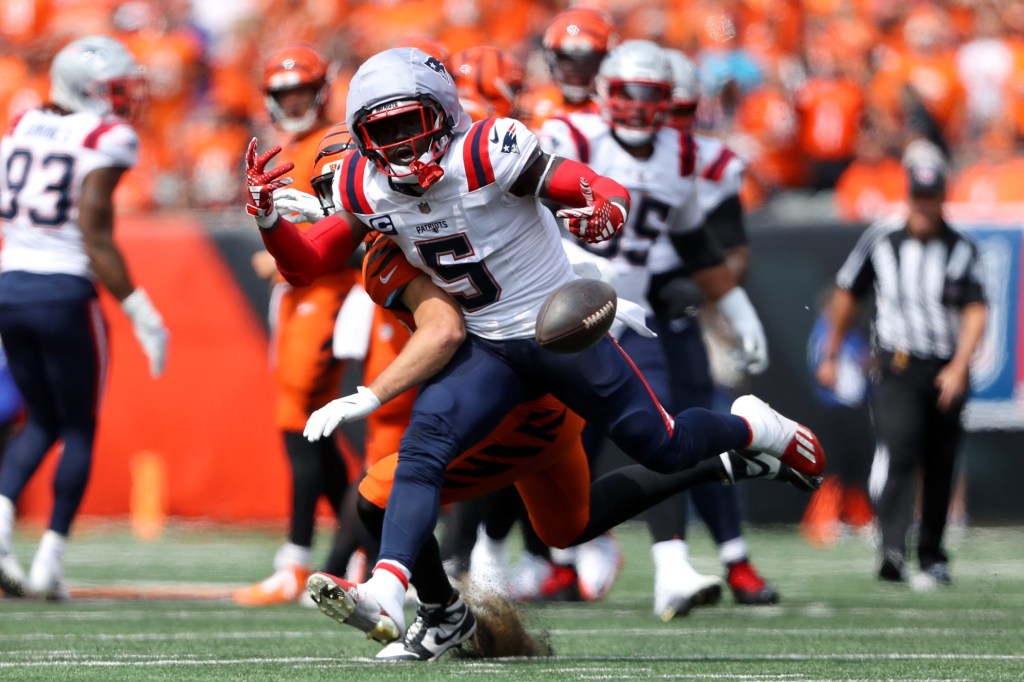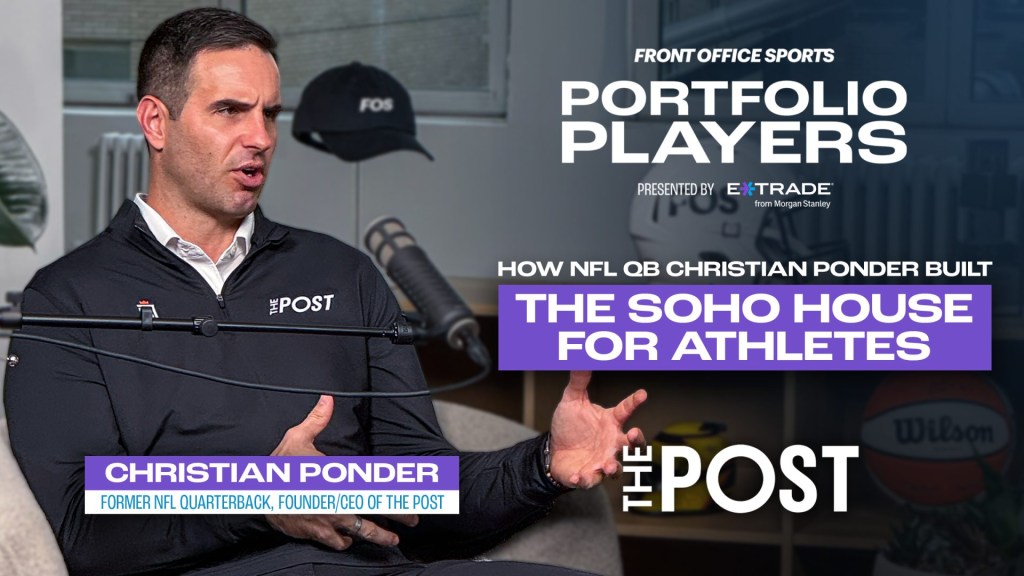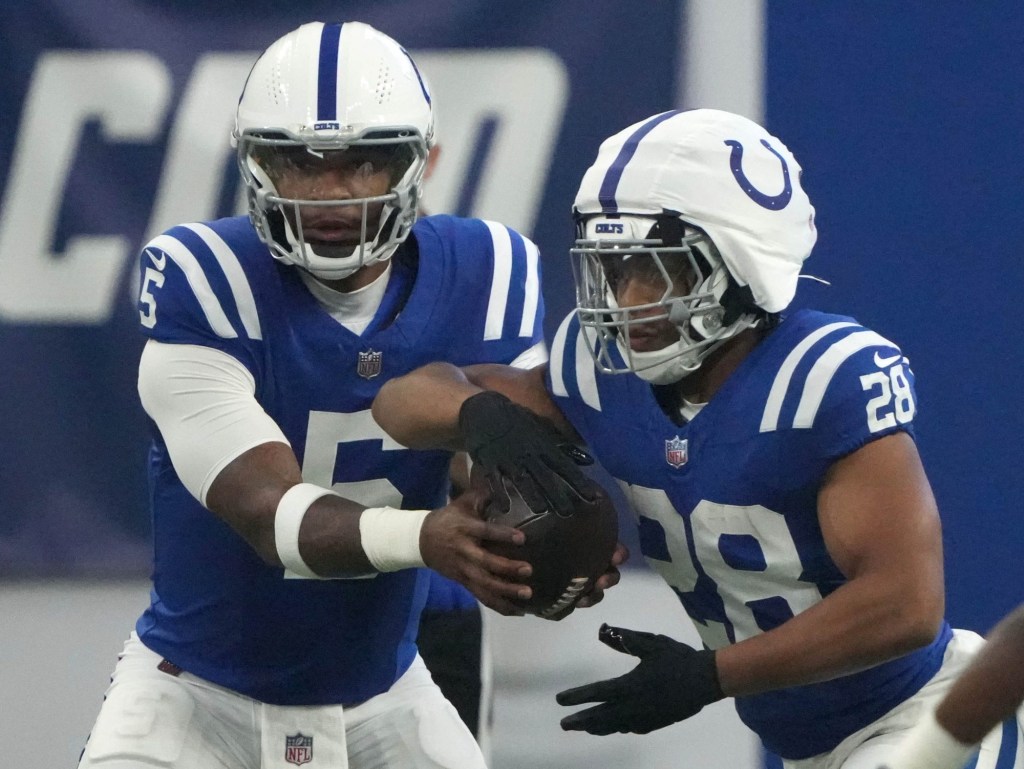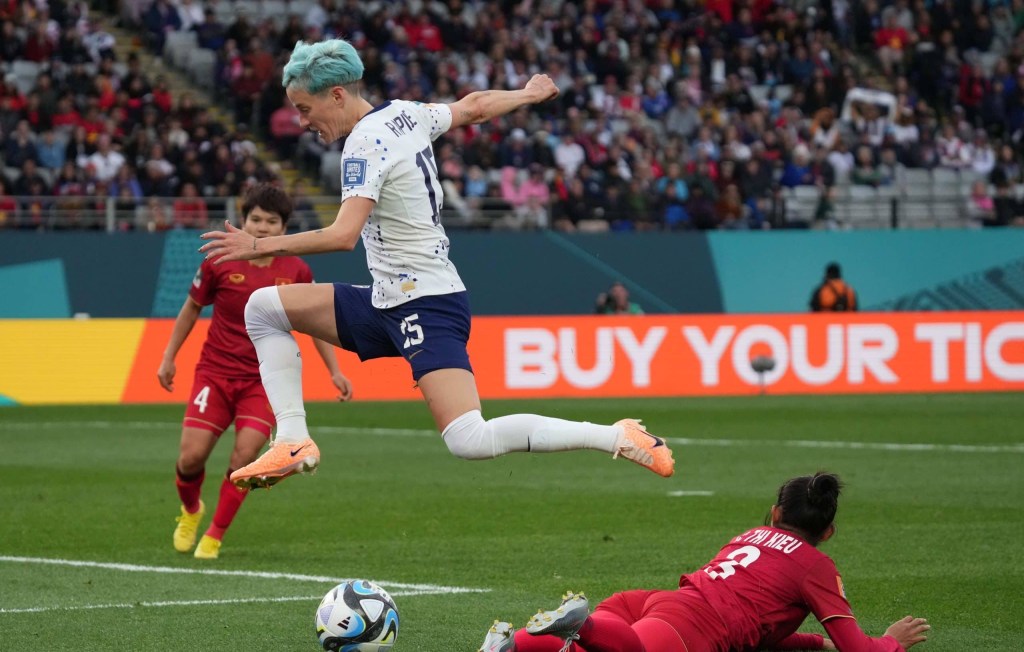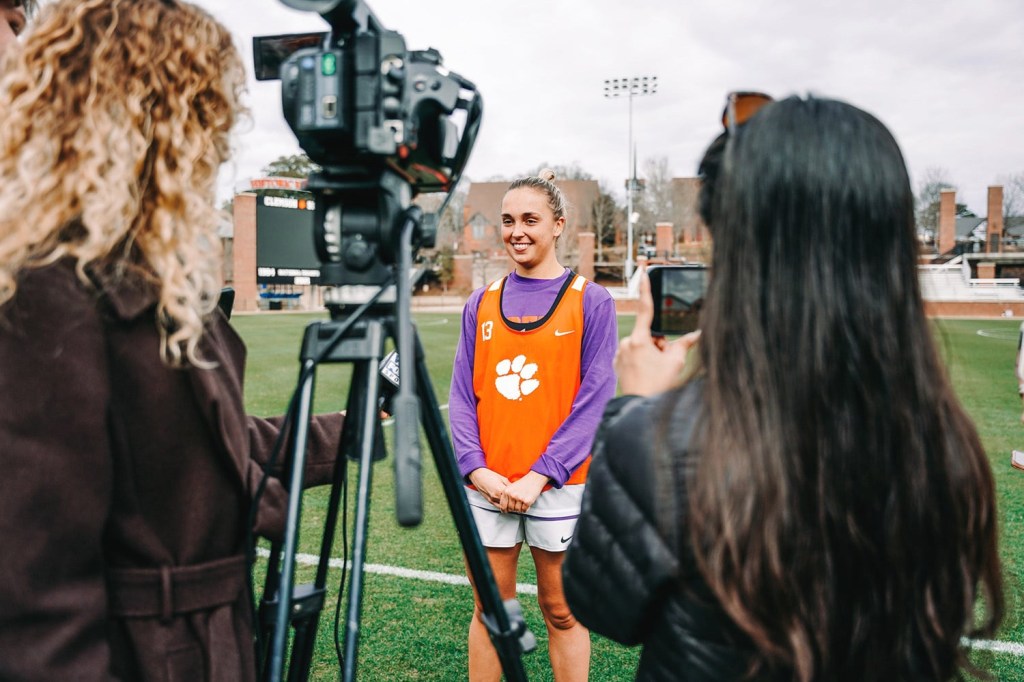While serving as the New York Jets senior vice president of marketing and fan engagement, Seth Rabinowitz poured an exorbitant amount of money into a fan experience that wasn’t reflective of the times — pre-game giveaways, particularly bobbleheads.
“They’re basically like a 1980s invention or reinvention,” he said. “Yet here we are, in the 2010s and now 2020, and we have much more complex and sophisticated marketing objectives, but we’re still using this 1980s technology to service them.”
The problems with giveaways went beyond technology, the longtime NFL executive said. Items were handed out blindly to whomever came through the turnstiles, with no knowledge of who received them. Once fans arrived at their seats, the in-game experience was largely stationary and insignificant.
The giveaways — from bobbleheads to toys — that would wind up in fans’ hands would leave the stadium and arrive at a home where Rabinowitz says there was no “second act.” They most likely sat on someone’s dresser as a memento and nothing more.
“They didn’t really have any ability to communicate directly with the user after the fact,” Rabinowitz said. “That’s a really important time to communicate with people because they’ve had a positive experience, hopefully they’re more receptive to your further messaging and you’d love to know who’s at a game and then communicate with them. That’s a nice option to start a conversation with somebody, especially new fans, and traditional giveaways didn’t do any of those things.”
Knowing the importance of a giveaway like bobbleheads in the sports landscape, Rabinowitz — who left the Jets in 2018 to start his own company, Digital Giveaways Group — set out to find not a replacement, but something to complement the physical versions. That made him realize his next project: digital bobbleheads.
Past games would see fans line up hours in advance for the latest bobblehead. When the New York Mets and Marvel released their Thor-themed Noah Syndergaard bobblehead ahead of a game in 2017, all 15,000 bobbleheads sold out an hour and a half before game time. Last season, when the Yankees held their Marvel Superhero Night, it was not only their highest-reported attendance of the season at that point, but more than 20,000 fans arrived at Yankee Stadium at least one hour before first pitch. Typically, between 10,000 and 20,000 are at the stadium by first pitch, according to Marvel.
With sporting events operating with very few or no fans at all in attendance, Rabinowitz has collaborated with numerous MLB teams to create their own digital bobbleheads to send to supporters at home.
The first team to dive into digital bobbleheads was the Tampa Bay Rays, which worked with DiGG to launch one centered around right fielder Austin Meadows. The digital bobblehead is presented through a high-quality 3D model that can be viewed in the browser of any smartphone or tablet.
The Meadows bobblehead can not only bobble its head, but can be viewed from any angle. With this capability, fans can see that the underside of the bobblehead contains a value-added user bonus in the form of a digital scratch-off card, which reveals a coupon or prize. The perks include unique Rays Republic Team Store merchandise ranging from team-branded fishing gear to menu items from pizza chain Papa John’s. The giveaway is sponsored by team partner Sagicor Life Insurance Company.
According to Rabinowitz, the Meadows digital bobblehead has attracted thousands of unique users across its various platforms. The majority of users come from Florida, but more than 500 different ZIP codes are represented in the data. Internationally, people from more than 10 countries — ranging from the U.K. and Canada to South Korea and Finland — have also participated in the activation. The average session length has been stable at nearly one minute.
Before the COVID-19 outbreak forced MLB to shorten its 2019-2020 season, the Rays had an entire bobblehead series planned, said Bill Walsh, vice president of strategy and development. While he is disappointed that it never came to fruition, he views the digital bobblehead collaboration with DiGG as a worthwhile, effective way for the organization to engage with its fanbase.
“We’re not going to be able to deliver that type of physical element to our fan base at the scale that we had hoped,” Walsh said. “This was a really nice way to get something fun and different, but still — at its core — a very traditional element of baseball and the fan experience.”
Days after the Meadows bobblehead, the Mets announced that they would be bringing Mr. Met to their fans through a digital bobblehead giveaway. It features Mr. Met with a thumbs-up pose, and the giveaway — sponsored by Citibank — also links to a video retrospective of the mascot through the years. The scratch-off underneath Mr. Met holds a link to exclusive mascot content that users can access and download for a limited time.
Incorporating Mr. Met in this digital fashion continues the Mets’ attempts at growing their fanbase through bobbleheads. In addition to the Syndergaard-Thor collaboration, subsequent Mets bobbleheads have included the likes of Star Wars, Game of Thrones and WWE, among others.
Joe DeVito, executive producer of content and marketing at the Mets, welcomes the inclusion of digital bobbleheads into the broader bobblehead space. Similar to their past triumphs with physical bobbleheads, the Mr. Met digital bobblehead has been equally as successful.
Within 24 hours of the activation, it saw an 80% user enrollment rate; according to DeVito, 20% of users enrolled after the first 24 hours, indicating a longer-than-expected tail of engagement.
DeVito pointed out the success of the Mets’ email subject line in attracting user engagement. Including the phrase “digital bobblehead,” the giveaway email saw a 13% higher open rate than the average email. That culminated in a click-through rate that was 250% higher than average.
As of Oct. 2, the Mets have drawn in roughly 5,400 unique registered users with an addressable audience of about 15,000 people. While it might be appropriate to think that the Mr. Met digital bobblehead performance can do to physical bobbleheads what streaming did to CDs and what CDs did to vinyl, DeVito is optimistic about a giveaways future which includes both bobblehead iterations.
“What you’re going to see a lot more of is an expansion of how bobbleheads are being given out,” DeVito said. “I think you’ve got a limited number of those physical items that people want. They want them on their desks, their mantle, or their man cave. I think that piece will always exist. What we’ve been doing is to really upgrade the experience of receiving that bobblehead, where it may be an [augmented reality] activation on the box itself. It may come with a scratch-off, much like this digital one did, where you can download and own exclusive content. It’s really limitless with what you can do online and on social media to interact with the fans to really rev up the value of that item even more.”
With the Mets’ season already over and the Rays in the midst of a playoff run, the attention is still quickly turning towards 2021. Walsh has already stated that, similar to trends ranging from contactless payments to mobile ticketing, digital bobbleheads will be likely to continue. DeVito is excited about not only unveiling a new Marvel bobblehead featuring Pete Alonso next season, but for the organization to further embrace digital bobbleheads.
As for DiGG, Rabinowitz says that he has had numerous conversations with teams across the big four sports leagues in North America about how they can add digital bobbleheads to their giveaway portfolio. Now into October, the strategy within these organizations has already shifted to 2021, with digital bobbleheads being one of the main talking points around the future fan experience.
“Even once we get back to some sense of normal, I’m afraid that the traditional giveaway model is not going to be one of the things that just immediately returns to the way it once was,” Rabinowitz said. “In some sense, I’ve pivoted the way I positioned the product now away from this companion experience, and I’m more presenting it as the next generation. I don’t want to use the word ‘substitute,’ because I do think there will still be physical giveaways, but I think that the path toward modernizing and changing the model has clearly been accelerated pretty dramatically by all that’s gone on over the last six months.”

